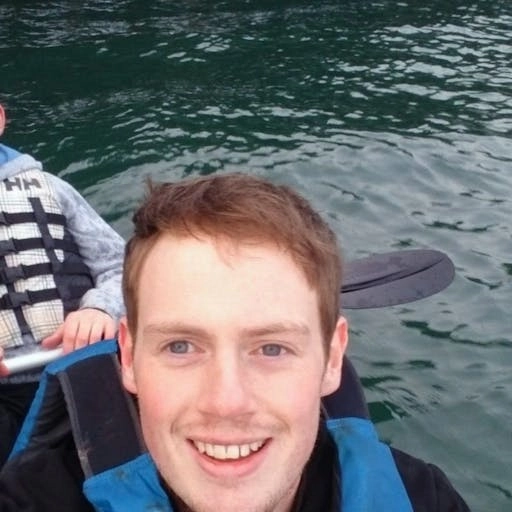Three years ago, I decided it was time to rebuild Tides Today. Initially, I intended the changes to be a simple redesign but decided this was not enough. Setting my targets higher, the site went from serving 700 UK and Ireland locations to the entire world. The initial site was launched in 2012, this new site represents the very first new iteration.
Starting the process
The process started in Summer 2017 where I began a series of feedback forums, talking to dog walkers, fishermen, sailors, people who worked at sea, essentially anyone who might search for tide times. This feedback was collated and design prototyping began to try and redesign the site in a way which provided the information people wanted, in as few clicks as possible.
The feedback forum highlighted some fundamental faults with the existing site. These were:
- The search was useless, unless you knew exactly the tide station you were looking for
- The site was limited to just the UK and Ireland
- The location pages performed poorly on mobile
- First and foremost, people wanted to know what the current and next tides were, not a full 7 day forecase

A technical challenge
My 9 to 5 job is working as a senior software developer for a multinational media organisation. A lot of the skills I learn and use in my job have been utilised in this project. That said, I use a small part of my skillset in my job, so Tides Today has always been my testbed to try new technologies, expand my knowledge and develop new skills.
Redesigning the site was not going to be enough to challenge me, so I opted for a complete rebuild of the back-end system which powers the site. This process took 2 years in itself. The new back-end system was to serve data in up to 7 languages for locations across the world. The tidal data being gathered to power the site was to increase from around 5,000 daily records to 57,000 as a result. The ageing API and worker that powered the site was not cut out for the job. I embarked on the rebuild, moving to an entirely new programming language.

Getting ready for an international audience
With the back-end systems rebuilt, the concentration went back to the site itself. The site (as in the part you interact with) was worked on in conjunction with the back-end systems. The final year of the whole build was almost dedicated entirely to the website. With the audience now being an international one (soon to be in multiple languages) it was important that the front end was designed, built and optimised to be snappy from anywhere across the world and from multiple languages.
The biggest part of this was getting the search right. Instead of the search looking for tide stations by name, it now works based on location, with a bias to the geolocation of the visitor. This had to work for anyone, anywhere in the world. It was just one of the challenges to overcome. Using more feedback forums to collate and watch people interact with the beta version of the site, changes were made ahead of the final release.
Finally was the testing phase. A small community of beta testers tested the site, providing feedback to me and changes were made in the final months leading to the launch. The result of all of this is what you see today.

So what's new?
Here's a summary of what's new on the refreshed Tides Today.
- From 700 UK and Ireland locations to 8,057 international tidal locations
- New search, making it easier to find locations near to you, no matter where in the world you are
- Multilanguage ready, the Spanish site will be launching in the next couple of months
- Fully redesigned and rebuilt tide locations pages, making it easier to see what the current tide is and what's next
- The site makes use of various technologies to make it snappy the world over
- More locations for the WordPress plugin - add more tidal locations to your website
- The site is 3x quicker, with smaller footprint and snappier response time
- Mobile-friendly, reflecting how people use the site nowadays
- Design fully lead by a constant feedback loop from forums and beta testers
It's been a challenging 3 and a bit years but completely worth it. A big thank you to the fishermen, RNLI volunteers and people who work at sea for your feedback and support throughout. The site will continue to be developed with a roadmap of new features already in place.

Your thoughts and comments